
How image mode for RHEL improves security
Learn about the benefits and security features of image mode for Red Hat Enterprise Linux, including zero-drift supply chain.

Learn about the benefits and security features of image mode for Red Hat Enterprise Linux, including zero-drift supply chain.

Discover how the RamaLama open source project can help isolate AI models for testing and experimenting.
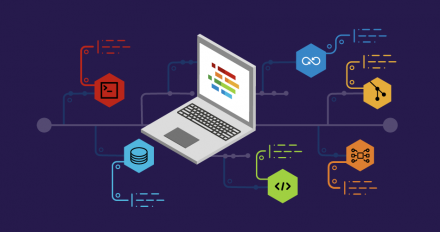
Discover how to install MicroShift and why it’s more compatible with Red Hat OpenShift than other local Kubernetes distributions.

Learn how to deploy confidential containers on bare metal with the Intel TDX and AMD SEV-SNP Trusted Execution Environments (TEEs).
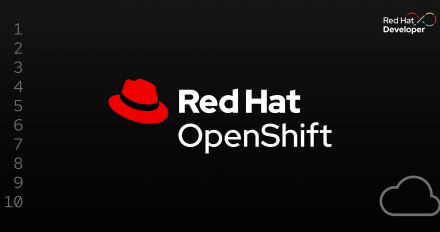
Learn how to adapt the upstream Helm chart to securely deploy the GitHub Action Runner Controller (ARC) on OpenShift.

Install Red Hat Developer Hub on Google Kubernetes Engine and integrate it with

This article demonstrates how image-based installation simplifies and accelerates the provisioning of single node OpenShift clusters.

This article explains how a new feature in Red Hat Container Platform 4.17 enhances control plane resilience.
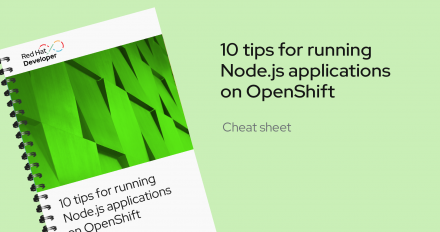
A list of essentials for any Node.js developer looking to start deploying their

Discover how NVIDIA MIG technology on Red Hat OpenShift AI enhances GPU resource utilization.

Podman Desktop is a free, open-source tool that lets developers work with containers and Kubernetes from their local environment. It offers an easy-to-use dashboard to interact with and manage containers, images, pods, and more, powered by the Podman container engine. For developers and IT operations, Podman Desktop provides the capabilities to streamline the container development lifecycle, and bridges with the Kubernetes environment for simplified development and testing of containerized applications.

Learn how to make informed choices about versioning container images.

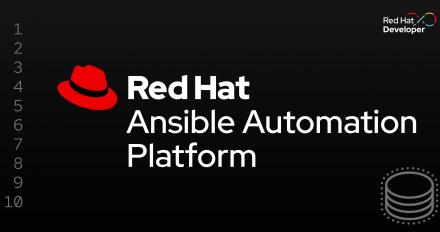
Learn how to effectively manage Python content for producing Ansible execution environments.

Explore simplifying microservices management and next-gen features with
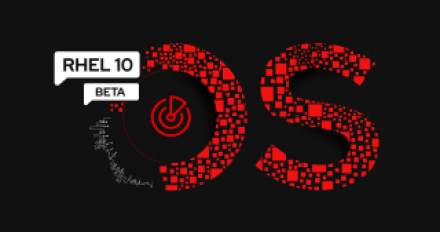
Learn how to build a RHEL 10 beta image using Red Hat Lightspeed.
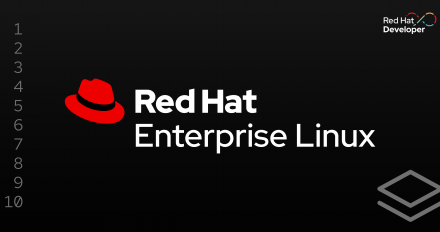
Learn about the benefits of image mode for Red Hat Enterprise Linux and how it addresses the historical challenges of software appliances.
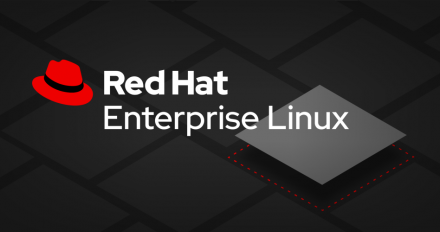
Learn how to build images and install RHEL packages inside their images through Dockerfiles using Shipwright Builds and RHEL entitlements.

Learn how to manage workloads using image mode for RHEL and set up a build pipeline to automate building, deploying, and managing Linux systems at scale.

Essential posts for the Node.js Reference Architecture that developers need to

A guide to the process of migrating your virtual appliances from VMware to Red
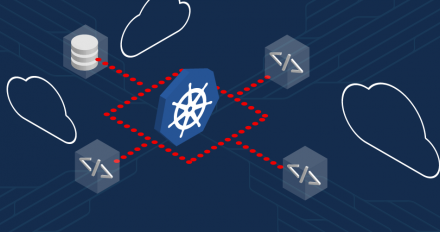
This article provides examples for creating and using network attachment definitions (NADs) in OpenShift Virtualization for advanced network performance.

Learn how to provision multiple virtualized OpenShift clusters on OpenShift Virtualization using AWS to quickly set up a fully functional environment.
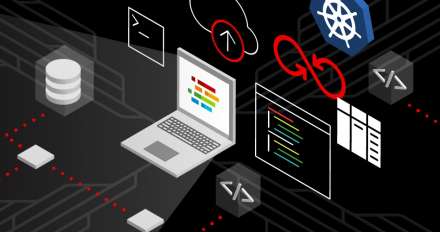
Learn the basics of Kubernetes, Ansible, AI, and more with these popular learning paths, and get hands-on experience using the no-cost Developer Sandbox.

Find Kubernetes and OpenShift articles on performance and scale testing, single-node OpenShift, OpenShift Virtualization for VMware vSphere admins, and more.